The question is not exactly about the wifi, but on how does this operate in full duplex, in principle?
As an practical example, lets take some commercial amplifier. As we can see from the picture, it has one antenna and one I/O port: 
On one hand:
- It have to amplify recieved signal, because low power transmitters wouldnt reach it otherwise.
- And it have to amplify transmited signal, because low power recievers wouldnt hear it otherwise.
On other hand, its inputs and outputs are shorted in infinite loop. It definetely recieves that it transmits, and amplifies it, then it amplifies what it recieves and transmits, and so on, so on, so on.. In short words, It should hear itelf, self-excitate and burn!!!
How can this radio amplifier have single input, single output and amplify both recieved and transitted signals!?
